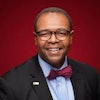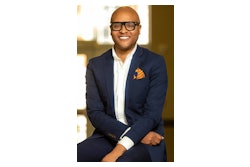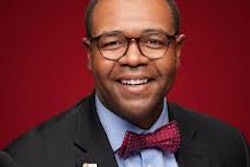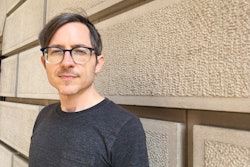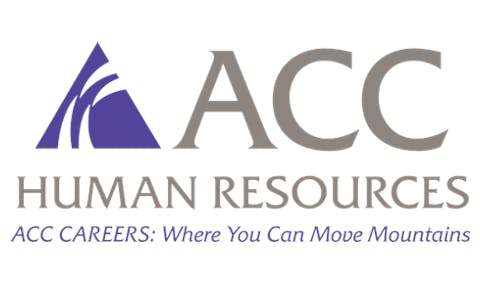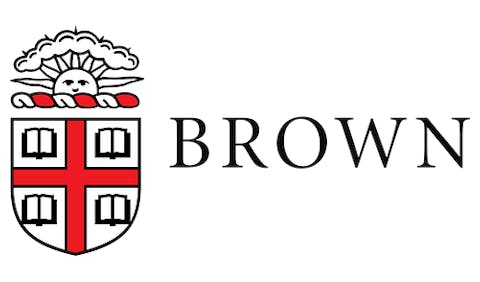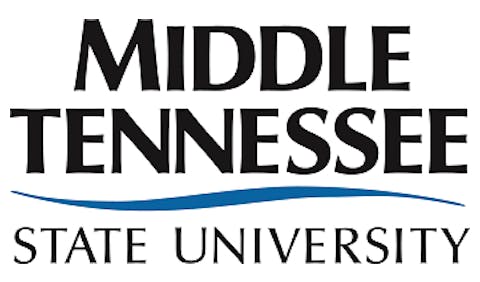 Dr. Shawntal Z. Brown
Dr. Shawntal Z. Brown
One by one, university presidents are stepping down amid a climate of rising political pressure and anti-equity attacks. As someone who studies presidential leadership and higher education policy, I keep asking: Who will defend the integrity of higher education in this storm?
My research, focused on the historical case study of former University of Texas at Austin president William C. Powers, revealed how these leaders navigated the challenges of political interference from former Governor Rick Perry, the Board of Regents, and the Chancellor amid his administration. Ultimately, this historical perspective offers an opportunity for university presidents to consider how their social power and skill set are critical assets in leading higher education during this period of uncertainty.
Before presenting the case of Powers, grounding the importance and evolution of the president’s role is key to understanding how this leader can wield their influence in this period of uncertainty. Today’s university presidents face expectations and responsibilities vastly different from those of their historical predecessors. Historically, the role of the university president has changed significantly. During the colonial era, presidents were often clergy who served as both “teachers and disciplinarians” for young white men. As the United States transitioned through the Industrial Revolution and the post–World War II era, the presidency evolved alongside the expansion of higher education and increased student enrollment (Bourgeois, 2016; Melidona et al., 2023).
Conversely, the current iteration of the university president, as Duderstadt (2000) describes, is someone who can “develop, articulate, and implement the vision of the university [to] sustain and enhance the quality of the institution” (p. 374). This high-stakes role requires these leaders to advance the strategic vision and mission of their institutions, mediate between internal and external stakeholders (Levin et al., 2018), respond to campus crises at a moment’s notice (Briscoe, 2022; Griggs & Thouin, 2022; Kelderman, 2022), and lead fundraising efforts (Trombley, 2007). Ultimately, the actions—or inaction—of a university president have a substantial impact on the institution’s reputation and culture (Briscoe & Freeman Jr., 2019; Havice & Williams, 2005; Hornak & Garza Mitchell, 2016; Martinez & Henkle, 2023; McNaughtan et al., 2019; Perrakis et al., 2010).
Institutional shifts have demanded more public-facing leadership, with presidents becoming increasingly accountable to both internal and external stakeholders. The American Council on Education (ACE) has surveyed university presidents every five years since 1986 (Melidona et al., 2023). In these surveys, ACE has identified key trends in preparation, demographics, and leadership practices among these leaders. The 2023 survey revealed a significant gap in presidential professional development, with 59% of the 1,075 presidents surveyed reporting that they were not preparing a successor for their current position (Melidona et al., 2023, p. 14). This brings me back to my initial question: Who will protect the integrity of higher education amid this destabilizing political landscape—especially when this leadership role has become a revolving door?
While these trends paint a sobering picture for current leadership pipelines, history offers us a valuable example of presidential resilience under political pressure.
In the case of my research, Powers was appointed as the sole finalist for the 28th president of UT Austin, succeeding former president Larry Faulkner (Haurwitz, 2005). Powers was one of six university presidents to serve at least seven years, with his own tenure lasting nine. He is the second-longest-serving UT Austin president after Harry Yandell Benedict, who led for 10 years from 1927 to 1937 (Past Presidents, 2016). Powers was known for his eclectic and energetic personality, as well as his passion for advancing equity and institutional prestige—especially during his time as Dean of the School of Law (Haurwitz, 2005). As Dean, Powers increased the number of Black and Hispanic students, secured $55 million in private donations, and hired faculty from elite institutions, including Stanford and the University of Michigan (Haurwitz, 2005). Moreover, his experiences as a former UT Austin professor, law school dean, and practicing attorney shaped Powers’ deep understanding of the sociopolitical climate at UT Austin and across Texas (William C. Powers Jr., 2016). This insight proved essential as he navigated the Texas State Legislature and higher education policies impacting the university.
Powers was outspoken against tuition hikes, pushed for more state funding to support the university, and advocated for raises for staff and faculty (Haurwitz, 2005). His candid nature was widely acknowledged—whether in news reports, Board of Regents meetings, council meetings, or campus events. Powers’ vocal leadership was well known by political leaders, including former Texas Governor Rick Perry (Drezner, 2014; Goodwyn, 2014; Kiley, 2012). Notably, in 2013, a disagreement between Perry and Powers became a highly publicized dispute in both local and national news outlets (Drezner, 2014; Goodwyn, 2014; Kiley, 2012; Ramsey, 2013). Initially, Perry sought to implement higher education reforms at UT Austin and Texas A&M University (TAMU) to make the institutions function more like businesses, following recommendations from the Texas Public Policy Foundation. These reforms included “seven breakthrough solutions” such as “rating professors based on student assessments, separating teaching and research, and using revenue as one measure of whether a program or class should continue” (Goodwyn, 2014, para. 3–4; Ramsey, 2013).
Perry first attempted to implement these reforms at TAMU but was met with resistance from faculty who opposed the changes. This backlash led to the firing of TAMU’s deputy chancellor, one of Perry’s allies, in September 2011 (Goodwyn, 2014). Powers, having witnessed this political interference, prepared UT Austin to resist Perry’s overreach. By that point, Powers had built substantial credentials—including serving as chairperson of the Association of American Universities (AAU)—and had increased revenue for UT Austin (Goodwyn, 2014). The widely publicized feud between Perry and Powers demonstrated how strategic stakeholder support (e.g., Texas Exes, U.S. Senator Kay Bailey Hutchison) can help university presidents resist political interference (Goodwyn, 2014).
Although the university presidency and sociopolitical climate during Powers’ administration differ significantly from today’s, the past can still inform the present. Future university presidents must cultivate strong relationships across stakeholder groups while maintaining a clear commitment to institutional values (Hornak & Garza Mitchell, 2016; McNaughtan et al., 2019). This kind of stakeholder alignment is essential for university leaders to take clear positions on pressing issues such as SB 17 and other forms of anti–higher education legislation that threaten institutional infrastructure and values. To mitigate such risks and promote leadership retention, university presidents should proactively build bridges with policymakers and legislative representatives. These relationships serve a twofold purpose: (1) policymakers can advocate for or challenge legislation affecting higher education, and (2) university presidents can offer critical insights on how proposed legislation may impact their institutions. This kind of relationship-building fosters mutual understanding and prepares institutional leaders to anticipate and navigate political pressures from state governments.
Additionally, institutions—especially those in urban or rural areas—should invest in long-term partnerships with unaffiliated community stakeholders. These partnerships not only strengthen community engagement but also provide an additional layer of advocacy that can prove essential during moments of political scrutiny or resistance.
Dr. Shawntal Z. Brown (she/her) is a scholar-practitioner and DEI leader committed to advancing equity, institutional change, and student success in higher education.


